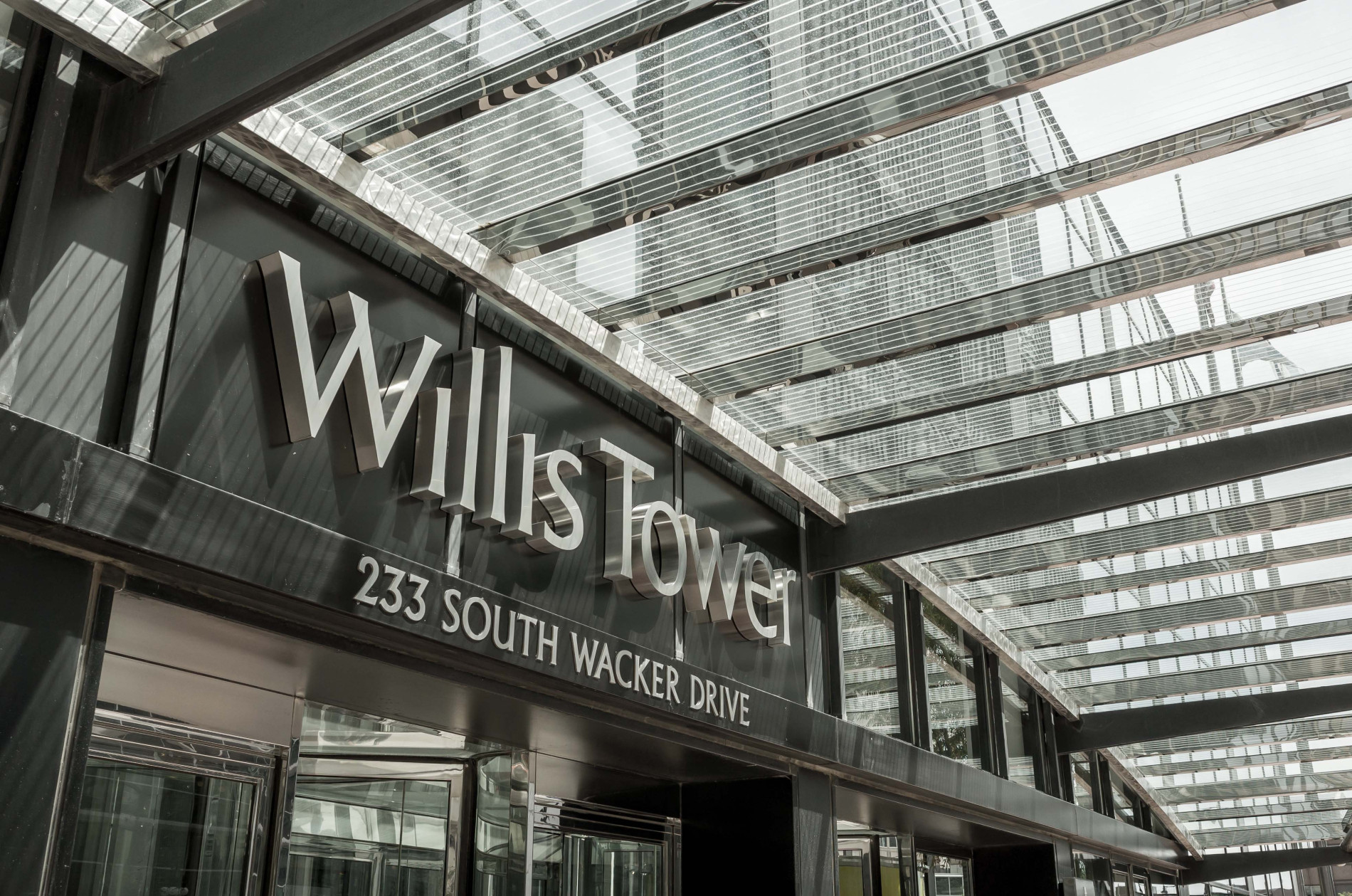16,000 windows and counting - secrets of Chicago’s glassy giant
Towering over the Windy City, the Willis Tower (formerly Sears Tower) is a masterpiece of construction excellence, holding the coveted title of the world's largest glass building. But beyond its imposing height and sleek facade, lies a story of architectural ingenuity and a captivating interplay of light and space, as we discovered when we peeled back the layers of this iconic structure to unravel the reasons behind its remarkable glass crown.
In a city renowned for its bold architectural statements, the Willis Tower stands out with its unprecedented use of glass. Some 16,000 panes, meticulously installed, create a shimmering envelope that reflects the ever-changing Chicago sky. This wasn't merely an aesthetic choice. The architects, Skidmore, Owings & Merrill, sought to achieve several objectives.
The first was to flood the interior with natural light, replacing opaque walls with glass windows to maximise natural light penetration, reducing reliance on artificial lighting and creating a more vibrant and uplifting ambiance for occupants.
The second objective was to dissolve the boundaries, blurring the line between the building and its surroundings, virtually inviting the cityscape into the very heart of the structure. This fostered a sense of connection with the bustling life outside, enhancing the user experience.
The extensive glass cladding, included in the design, visually "lightened" the building's imposing height. Compare it to the Empire State Building, clad in dark stone and opaque windows. While both are giants, the Willis Tower appears more ethereal and less domineering thanks to its shimmering glass skin.
But how does the Willis Tower's glass dominance compare to other iconic structures? Let's take a peek. The Empire State Building has just 6,514 panes of glass, the Louvre in Paris just 673 glass triangles. Only the Crystal Palace, built in London in 1851 and now no longer with us, would have beaten this record with a mighty 300,000 panes.
The sheer amount of glass on the Willis Tower posed unique challenges. Wind resistance, thermal regulation, and structural integrity were paramount concerns. To counteract wind sway, the building utilises a "bundled tube" design, with nine square steel tubes bundled together. Additionally, special coatings on the glass help regulate temperature and reduce glare.
The Willis Tower's glass crown is more than just a glittering facade. It represents a pioneering spirit, a bold attempt to merge architecture with the urban landscape. As cities strive for greater sustainability and transparency, the Willis Tower stands as a beacon of innovation, reminding us that sometimes, the most breathtaking landscapes are not just those we see, but those we create.
Sources:
- https://theskydeck.com/the-tower/past-future/
- https://www.brightsparktravel.com/blog/5-things-you-didnt-know-about-the-willis-tower
- https://www.reddit.com/r/chicago/comments/nhhdi8/did_you_guys_know_the_sears_tower_has_window/
- https://skyscraperpage.com/for...

Additional Articles

Exploring the buildings that never were
Every great building starts as an idea—a sketch, a vision, a plan - but not every project makes it to completion. Around the world, some of the most imaginative, ambitious and occasionally bizarre...
Read moreThe role of construction in history
Construction has played a pivotal role in shaping the course of history, influencing everything from political power dynamics to economic prosperity. Throughout centuries, the building of structures...
Read more

The construction industry and indigenous communities
History has shown that the construction industry has had a significant impact on Indigenous communities, both positive and negative. When done responsibly, construction has helped preserve and...
Read more